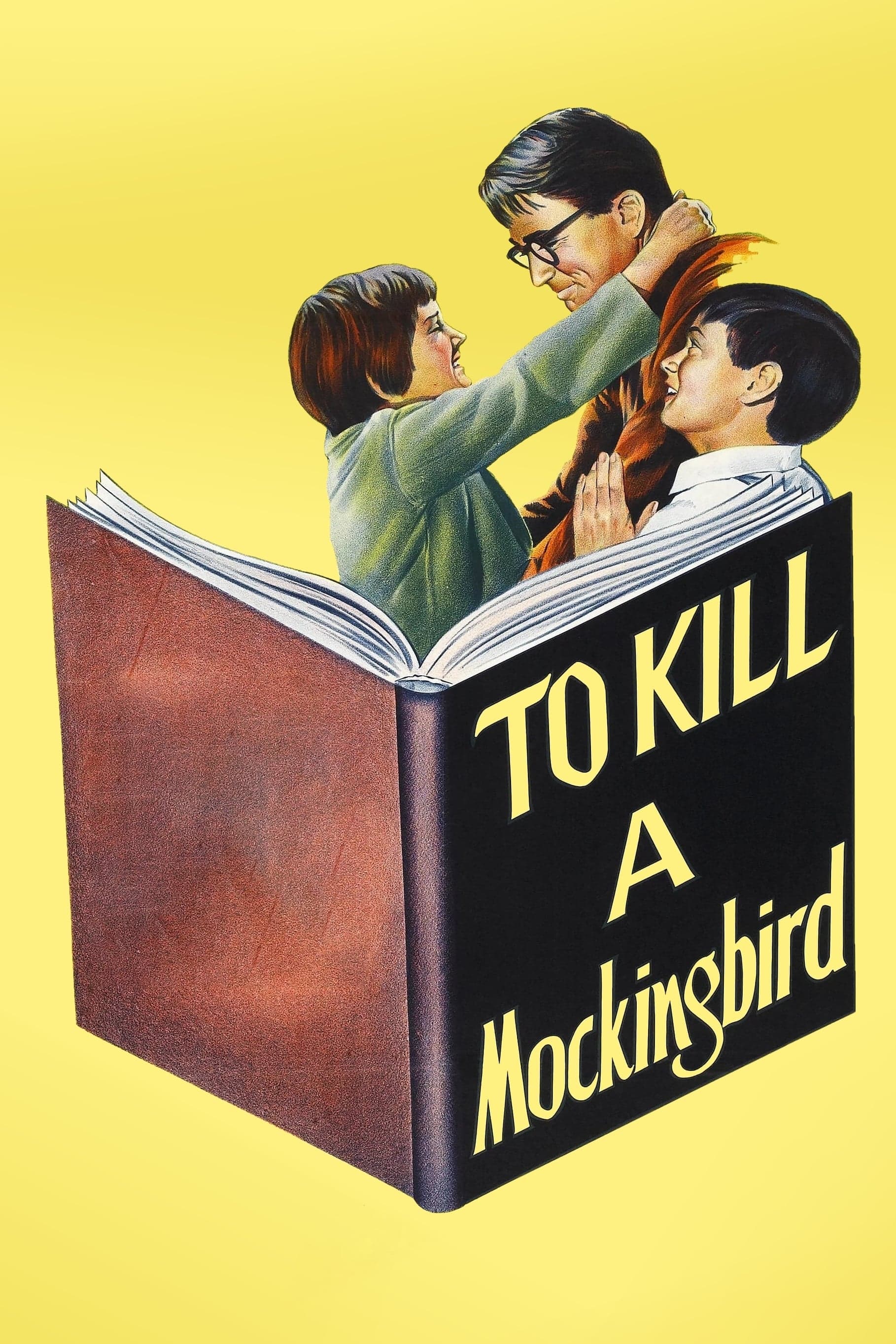
To Kill a Mockingbird
1962
Rate this movie
Average: 5.00 / 5
(1 votes)
Director
A work of social denunciation and critique, this film by Mulligan is centered on Nelle Harper Lee's novel, which earned the author the Pulitzer Prize in 1960. The film adaptation of such a revered and culturally significant text is always an arduous undertaking, but Gregory Peck and director Robert Mulligan, supported by a screenplay by Horton Foote that captures the soul of Lee's prose, succeeded in distilling the essence of a literary classic into an equally indelible film. It is a film that, over the decades, has not lost an iota of its moral resonance and profound humanity, rising to become a paradigm of socially conscious cinema.
Set in the American Deep South in the 1930s, in Alabama, where the racist and discriminatory component in society was still very strong. The era, that of the Great Depression, with its economic miseries and heightened social tensions, serves as a grim and credible backdrop for the story. The relentless sun of Maycomb County, immortalized by Russell Harlan's essential and touching cinematography, could not dispel the ominous shadows of a deeply rooted ideology, that of Jim Crow segregation laws, which stifled every glimmer of justice.
A farmer accuses a young Black man, Tom Robinson, of raping a white girl. The young man is arrested and defended by the brilliant lawyer Atticus Finch who, despite the public pressure and the hostility of a community trapped by its own prejudices, decides to continue his work with unwavering moral rectitude. The trial, a true legal drama pulsating with tension and disillusionment, is the film's beating heart. Tom Robinson's conviction, despite the overwhelming evidence of his innocence exposed by Atticus's impeccable arguments, is not just a legal defeat but the tragic confirmation of a deeply corrupt system, where truth succumbs to the color of one's skin. Tom's attempted escape and subsequent killing are merely the seal of an ineludible fate, the sacrifice of an innocent on the altar of systemic injustice, which recalls the fragility of African American life during that historical period.
Meanwhile, hatred is unleashed against the Finch family. Bob Ewell, the father of the girl who accused Tom, blinded by rage and wounded honor, seeks revenge against Atticus and his children. This escalation of violence, culminating in a nighttime assault, shifts the narrative from the courtroom to the more intimate arena of the family, highlighting the direct and dangerous consequences of moral courage.
A film that has performed an important didactic role over the years, its anti-racist message traveling across the country like a faint ray of sunshine. But it is not merely a simple manifesto against racism; it is a profound study of tolerance, empathy, and the painful loss of innocence. Through the eyes of Atticus's children, Scout and Jem, the viewer is invited to confront the complexities of the adult world, its hypocrisies and cruelties. Their growth and their gradual, bitter understanding of the inherent evil in society are central elements that elevate the film beyond mere social commentary, making it a true cinematic bildungsroman.
A great script that brilliantly serves a dual purpose: the denunciation of racial discrimination and the creation of a great character who has entered the cinematic imagination of entire generations. Atticus Finch, masterfully portrayed by Gregory Peck (who with this performance won a well-deserved Oscar and forever sculpted his image as a man of unimpeachable integrity), is much more than a progressive lawyer; he is a moral beacon, a loving father, and the sole guardian of his two children, determined in his fight against injustice and brilliant in the courtroom. His stoic calm in the face of hatred, his unwavering faith in justice despite its apparent defeat, make him an archetype of integrity. The sober elegance of his conduct, his teaching his children to "walk in someone else's shoes," especially in the context of the mysterious and feared Boo Radley, are universal life lessons. The figure of Boo Radley himself, initially perceived as a monster and later revealed to be a fragile protector, is an ingenious narrative counterpoint to Tom Robinson: both are innocent "mockingbirds," persecuted or misunderstood by society, whose symbolic or real "killing" would be an act of unjustifiable cruelty. This parallelism elevates the film from a simple story of racism to a broader meditation on prejudice and the importance of looking beyond appearances.
"To Kill a Mockingbird" is not just a snapshot of a divided America, but a long song against prejudice and against racial hatred tout court. It is a work that continues to resonate, because its message about human dignity, civic courage, and the necessity of educating new generations in empathy, remains sadly relevant. In an era where divisions and intolerances still seem to threaten the social fabric, the hieratic figure of Atticus Finch continues to be a warning and an inspiration, reminding us that true justice is a perennial ideal, to be defended with tireless dedication.
Genres
Country
Gallery

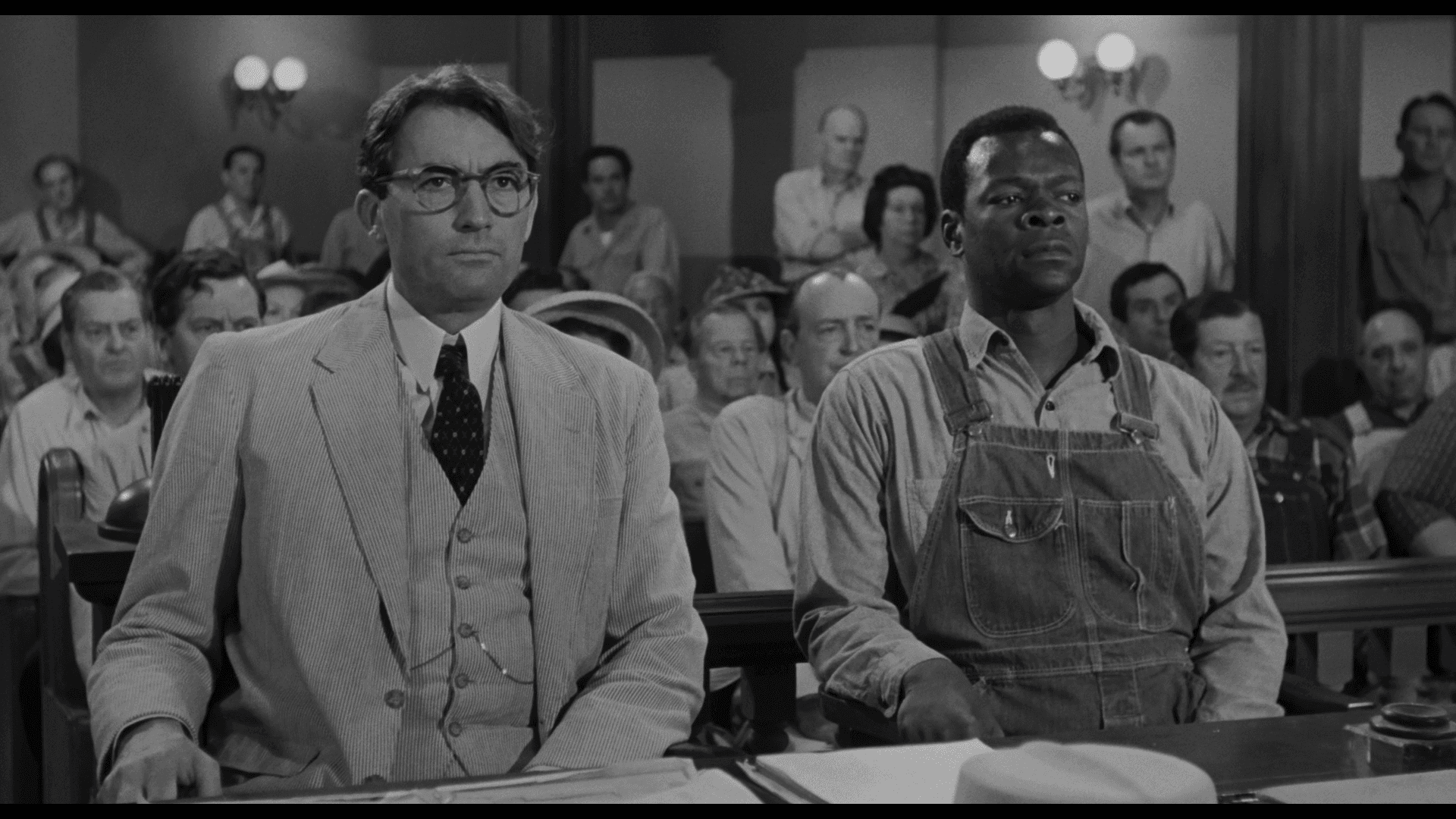
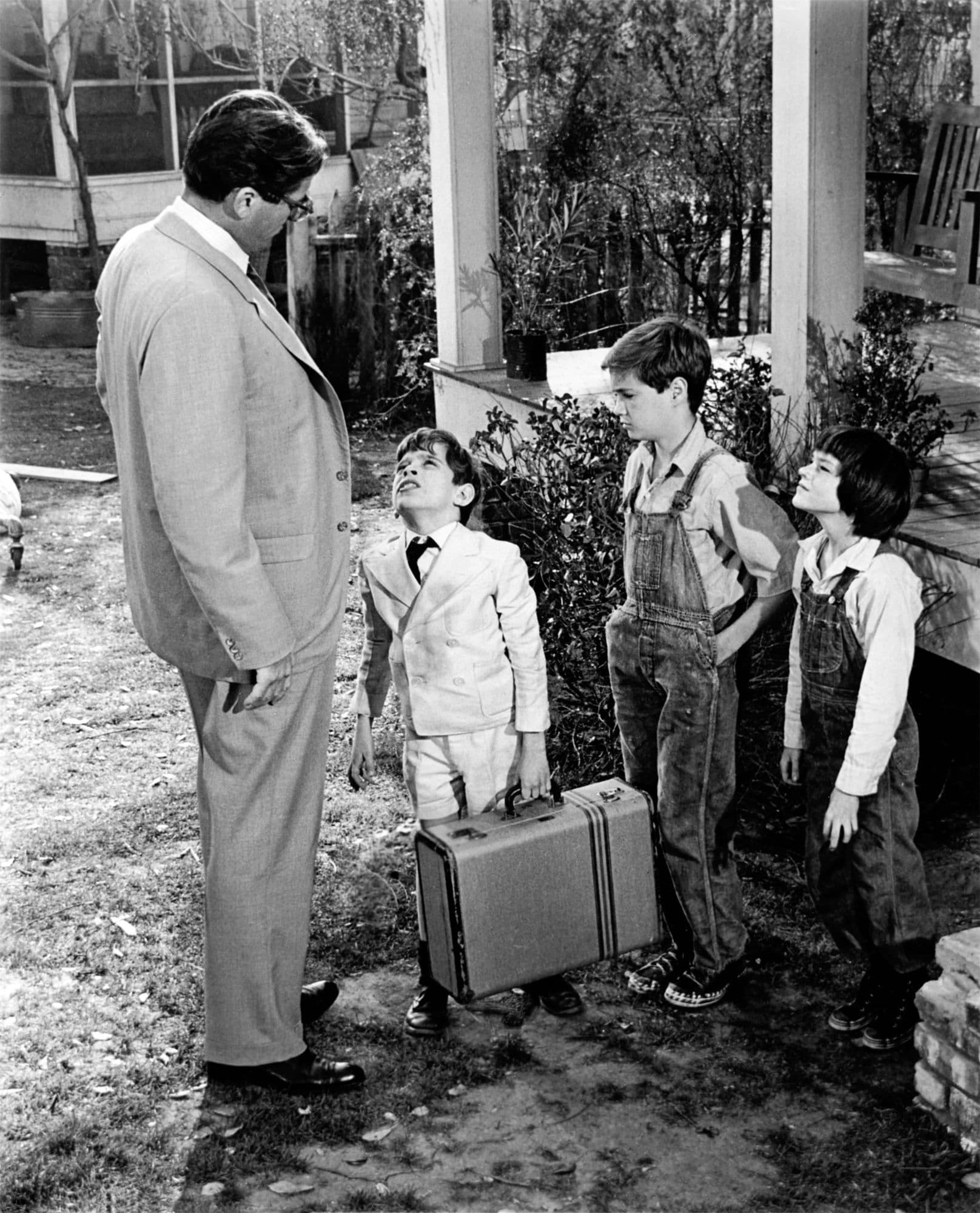
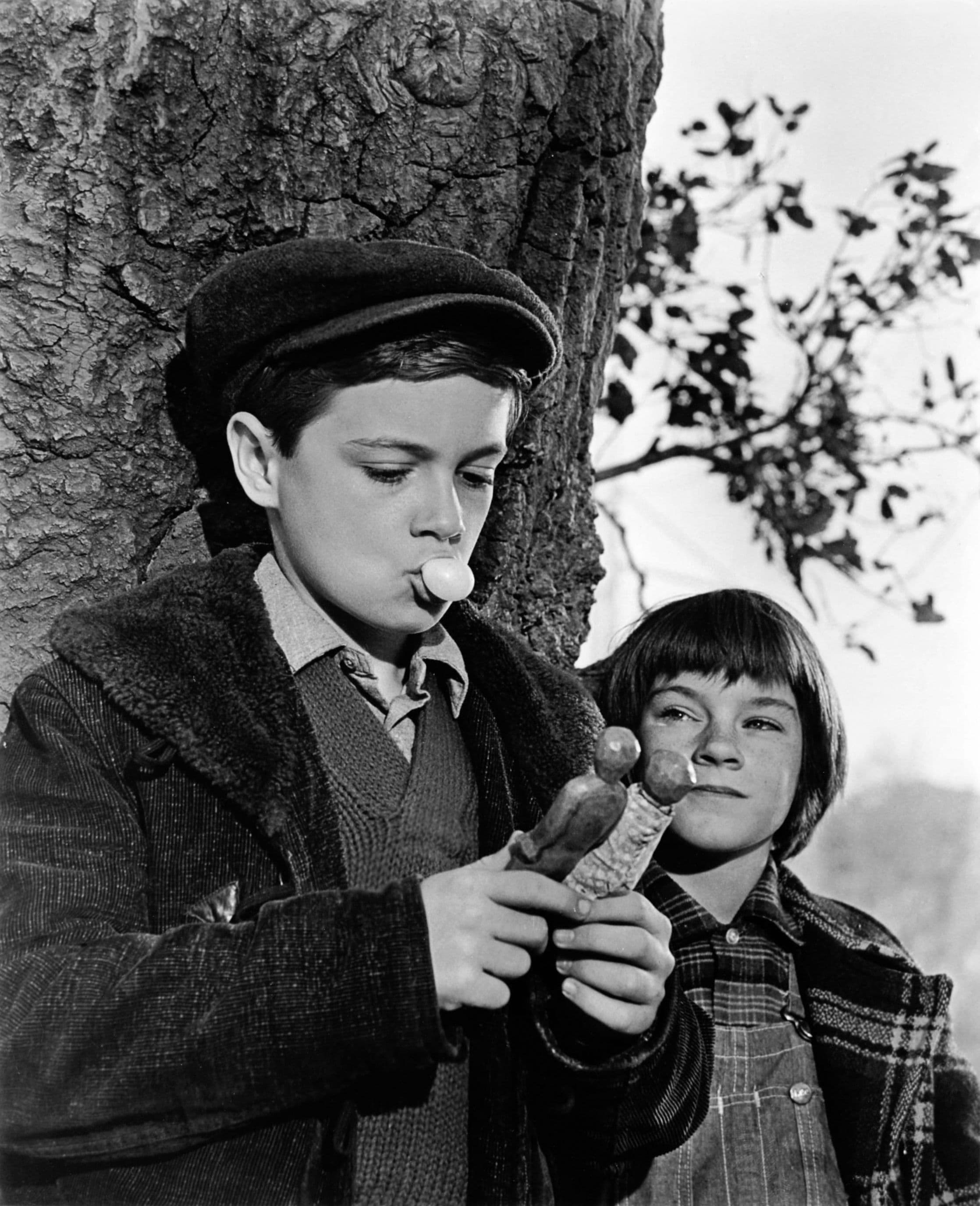

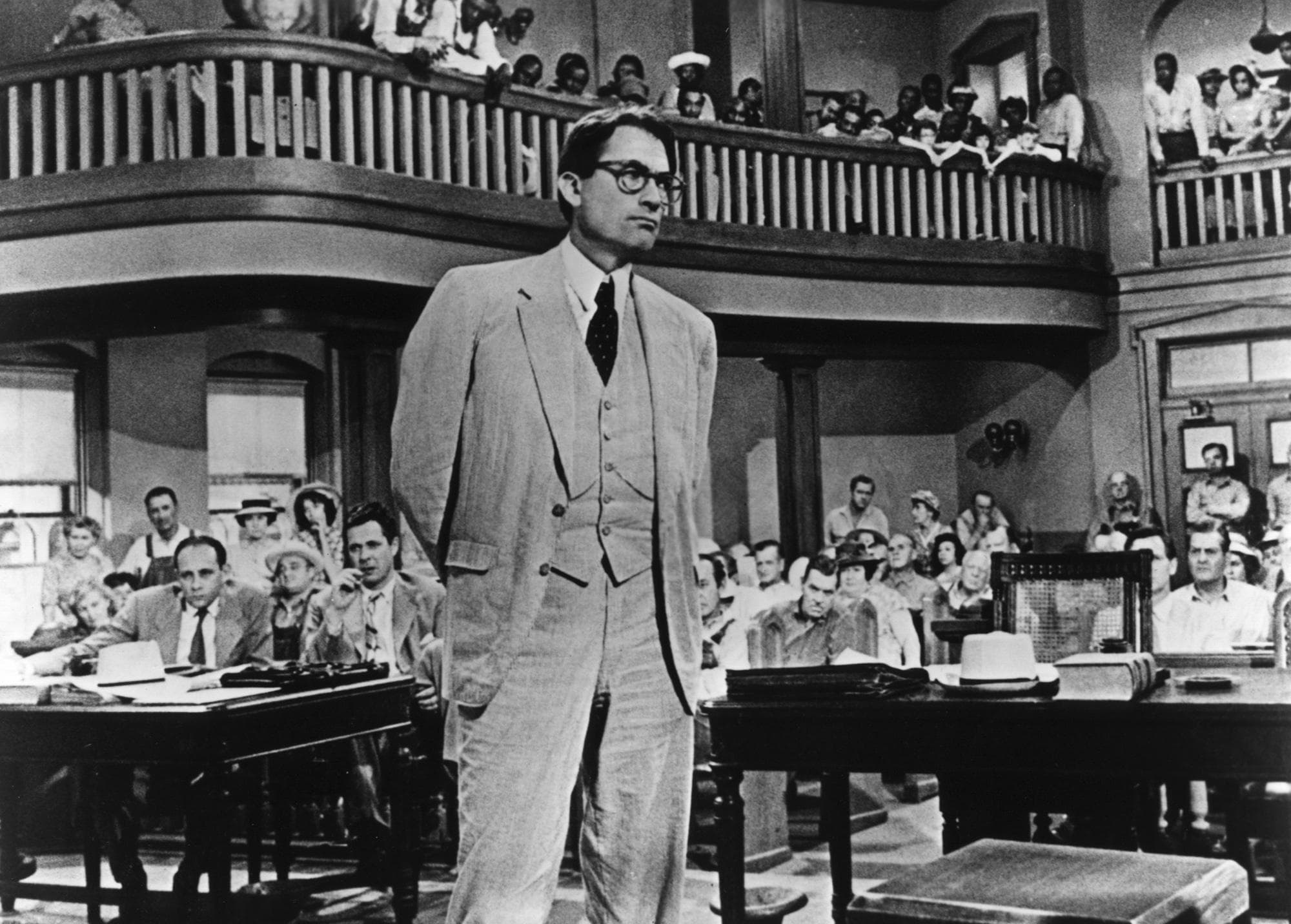


Featured Videos
Official Trailer
Comments
Loading comments...